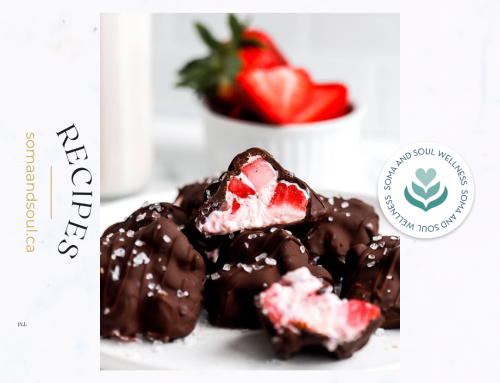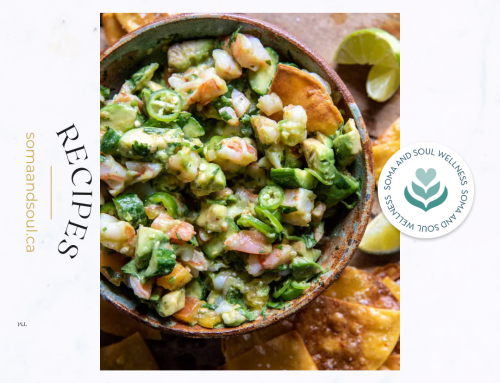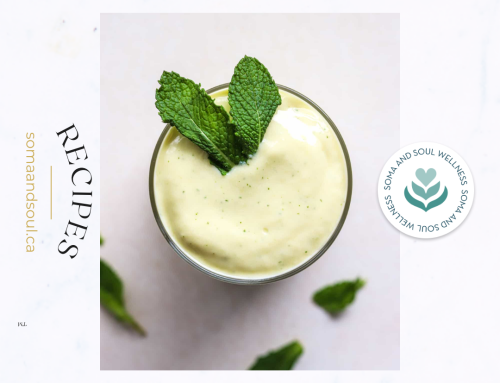As we approach the summer season, many of us look forward to a break from the routine of school and the chance to enjoy the warm weather and outdoor activities. However, for parents of children with ADHD, neurodivergent traits, or mental health challenges, the transition to summer can bring about unique concerns and challenges.
One particular area that parents often struggle with during this time is maintaining consistent eating routines for their children. The lack of predictability and situational inconsistency that comes with transitions between school and summer camps can be overwhelming and lead to increased stress for both parents and children.
Let’s explore 5 strategies and tips to support parents in keeping eating routines and menus reasonably consistent through these trying times.
Strategy 1: Nurturing Effective Communication:
To establish a balanced summer routine, start by having open and honest conversations with your child about the upcoming changes. Acknowledge their excitement for new experiences while emphasizing the importance of maintaining structure, especially during mealtime. Explain how routines positively impact overall well-being, helping your child understand the significance and reduce any anxiety they may have about the upcoming changes.
Encourage your child to express their thoughts, feelings, and preferences during mealtime discussions. Research shows that this inclusive approach is associated with a higher consumption of fruits and vegetables. It also nurtures a sense of autonomy and strengthens the family bond. One of my family’s favourite activities at mealtimes is using these fun conversation starting flashcards. They help make meals a place for open dialogue and connection with your child.
Strategy 2: Empowering Meal Planning:
Making meal planning a fun and empowering experience for your child is easier than it sounds. Sit down together and let their imagination run wild as you discuss meal options for the week. Incorporate their preferences and favourite dishes into the menu. This collaborative approach not only ensures a balanced diet but also establishes a routine and reduces resistance during mealtimes. Plus, studies show that children who actively participate in meal planning tend to eat more fruits and vegetables and are more open to trying new foods. By giving them a voice in the process, we foster a positive relationship with food and encourage healthier choices.
When planning, aim for a mix of protein and healthy fats alongside other nutritious foods. Think grilled chicken with steamed or raw veggies and avocado or a yogurt parfait topped with chia seeds and berries. Protein provides the building blocks for neurotransmitters that regulate attention, focus, and mood, while healthy fats like omega-3s support brain development and can help reduce impulsivity and hyperactivity. Fuel your child’s brain with the goodness it needs to function at its best!
Strategy 3: Create a Visual Schedule
Visual schedules are highly effective tools for children with ADHD and other neurodivergent traits. Use a whiteboard, calendar, or even a simple poster to create a visual representation of the daily routine, including meal times and snack breaks.
Place the schedule in a prime spot like the kitchen or their bedroom, making it easily accessible for your child to refer to. Take time each day to review the schedule together, putting a spotlight on meal times and discussing the delicious foods that await. This visual magic helps your child understand what’s happening throughout the day, bringing structure and predictability to their world.
And guess what? Studies show that this strategy can boost self-regulation, task completion, and even reduce behaviour challenges and anxiety. The National Autistic Society offers a free visual schedule template along with helpful guidance on how to create and use visual schedules effectively. You can access it here.
Strategy 4: Pack Familiar & Favourite Foods
When your child is attending summer camps or other activities, packing familiar foods that they enjoy and are accustomed to eating can be immensely helpful. The change in environment and lack of familiarity can be overwhelming, so having some consistent food options can offer comfort and stability to their experience.
Be sure to discuss and engage your child in the process of choosing the foods they would like to bring with them to camp or outings
I highly encourage active participation in making meals or snacks. Not only does it encourage food compliance, but it’s a great opportunity to engage their focus and attention, channelling their energy into a productive and creative activity. By involving your child in the meal and snack preparations, you’re not just teaching valuable skills but also igniting a sense of independence and responsibility for their nutrition. Check out a few of my favourite products that will get even the little ones excited about the kitchen!
Remember, we’re all about whole foods for that extra boost of goodness. Pack fresh fruits like juicy grapes, berries, or apple slices in a sealed container. Bring along carrot sticks, celery sticks, and colourful bell pepper strips that can be dipped into tasty treats like hummus or yogurt. Don’t forget the whole grain snacks like crackers, granola bars, or homemade trail mix packed with seeds, and dried fruits. And for a protein punch, pack some cheese sticks, yogurt cups, or single-serving packs of delicious seed butter. Lastly – hydration is key, especially in the summer sun, so pack a water bottle to keep your child refreshed and hydrated throughout the day.
Strategy 5: Collaborate with Camp Staff
When your child is attending a summer camp, it’s important to communicate with the staff in advance about their dietary needs. Let them know about any specific requirements, sensitivities, or preferences your child may have. While the camp may provide a menu, it’s crucial to teach your child the importance of balancing each meal and snack with a healthy fat or protein.
Keep in mind that the camp’s schedule may not perfectly align with your visual schedule. The key is to ensure your child understands that snacks will be consistently offered before and after lunch, etc. If necessary, you can send additional snacks or meals that meet your child’s needs and preferences.
It’s also important to let the camp staff know that your child may occasionally need to eat more often than the scheduled snack times. Empower your child to listen to their body and eat when they feel tired, hungry, or irritable (I know, easier said than done – but worth discussing with your child).
Collaborating with the camp staff is crucial. Take a few minutes to explain that offering a snack break can be a helpful solution if your child exhibits challenging behaviours. Not all camp counsellors may have these strategies in mind, so open communication ensures that your child’s eating routine is supported, reducing disruptions during their time away from home.
Stay Cool And Consistent!
As we gear up for summer and navigate the transitions and eating routines for children with ADHD, remember to keep it cool and consistent.
So, pack those healthy snacks, get creative in the kitchen, and embrace the adventure of summer. Together, we can support our children with ADHD in maintaining consistent routines and making nutritious choices.
Stay cool, hydrated, and enjoy the journey!
If you’re looking for support with your family’s health goals or need support with mental health, ADHD, Autism or other neurodiverse conditions, feel free to book in a FREE discovery call at Soma & Soul Wellness so we can chat to see if Holistic Nutrition is a good fit!
Want to read more about Amy and her practice? Click here!




